Daily ridership 44,100 (2015) Number of stations 17 | Annual ridership 16.1 million (2015) Began operation March 2, 2013 Number of lines 1 Transit type Rapid transit | |
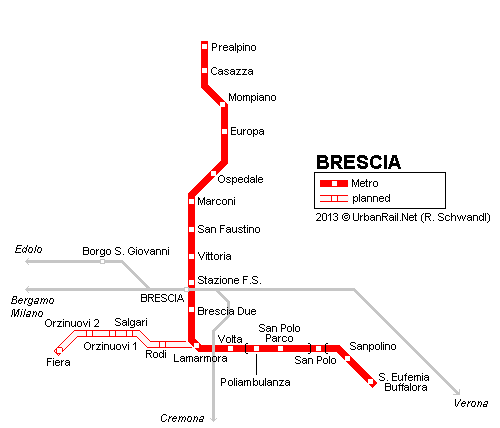 | ||
Native name Metropolitana di Brescia Operator(s) Brescia Mobilità S.p.A. Number of vehicles 18 AnsaldoBreda Driverless Metro | ||
The Brescia Metro (Italian: Metropolitana di Brescia) is a rapid transit network serving Brescia, Lombardy, Italy. The network comprises one line, 13.7 kilometres (8.5 mi) long, with 17 stations from Prealpino to Sant´Eufemia-Buffalora. All 17 stations have platform edge doors.
Contents
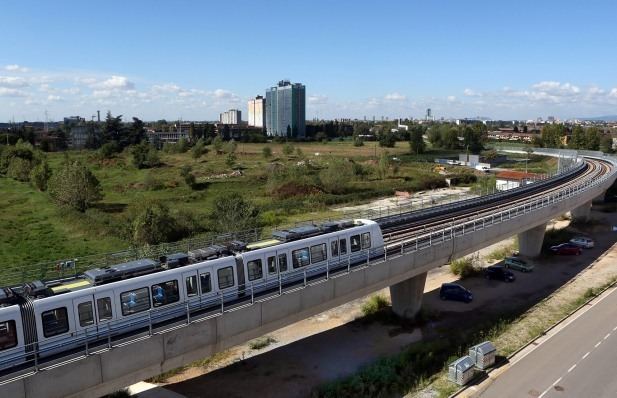
History
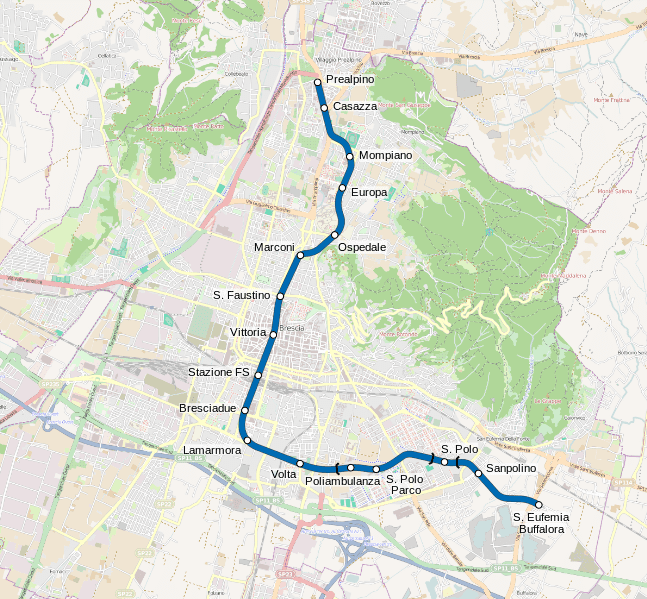
The first projects for a metro in Brescia date back to 1980s, with the introduction of the first fully automatic light metro systems in other mid-size cities in Europe. Two feasibility studies were commissioned in 1987. The automatic light metro system was chosen as the best technology for the city. The first public tender was announced in 1989. But this project was then cancelled in 1996.
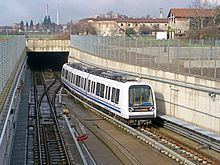
In 1994, the first application for public financing was issued. The public financing form the central government arrived in 1995, while other funds arrived in 2002 from the Region. The international public bid for the first phase of the project was announced in 2000. The winning proposal was from a group of companies comprising Ansaldo STS, AnsaldoBreda, Astaldi and Acciona, with a system similar to that of the Copenhagen metro.
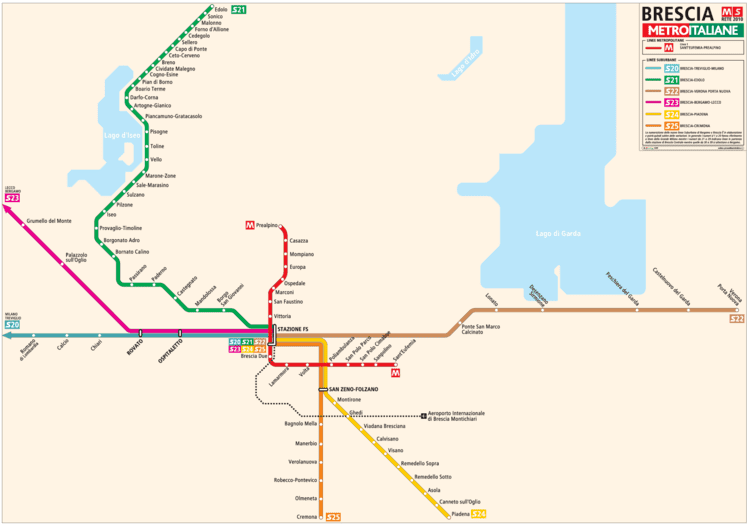
A €575 million contract was awarded to a consortium led by Ansaldo STS in April 2003. Work started in January 2004, but archaeological finds caused delays and required station redesigns. The line opened on 2 March 2013.
Rolling stock
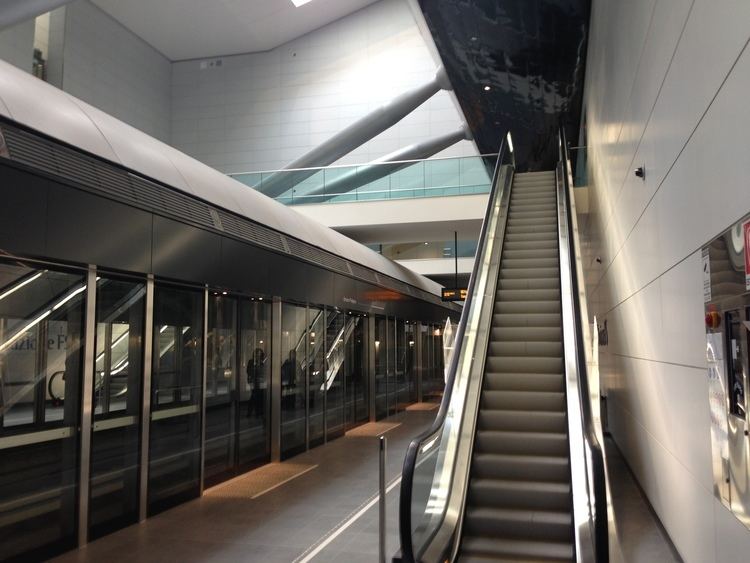
The AnsaldoBreda Driverless Metro trains are the same as those on the Copenhagen Metro. Trains are divided into three cars, 39 m long in total.
With 18 vehicles currently in operation, the maximum ridership is 8,500 passengers per hour per direction, with a headway of 180 seconds.
Service
Service starts at 5:00 with the last train departing at 24:00. The service has been extended starting from the first year of operation (2 March 2014). Train frequencies vary from 10 minutes (off peak) to 4 minutes (weekdays peak hours)
